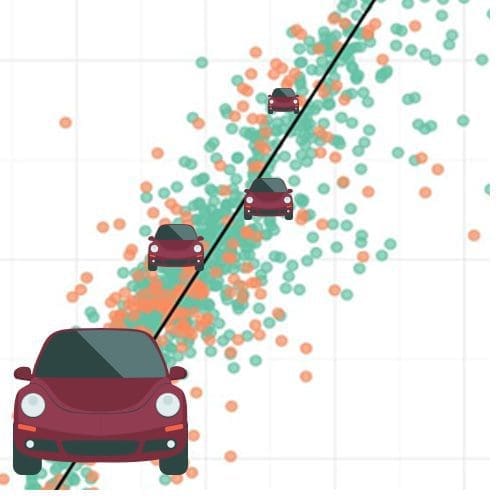
A study at North Carolina Central University that monitored air quality at intersections near the university found patterns of pollution that could pose a health risk to residents, commuters and pedestrians.
NCCU Environmental Health Professor John Bang, M.D., Ph.D., led the two-year study with funding from the Health Effects Institute/U.S. Environmental Protection Agency in a collaboration with N.C. State University, University of California-Berkeley and the Desert Research Institute of the Nevada System of Higher Education. The results will be presented Thursday, March 8, 2018, at the NC Breathe Conference at Wake Forest University.
“This study was intended to produce information on how land-use practices can be applied to reduce the level of exposure to air pollutants in a systematic way,” Bang said. “It was also implanted in a way that can be simulated in many other places with similar conditions.”
It was the first study to closely examine the impact of air pollution in a minority community with the goal of predicting similar conditions in other neighborhoods.
The NCCU study, titled “Impacts of Land Use Practice, Traffic Patterns and Human Activity on Air Quality in a Local Durham Community,” examines air quality in the minority community with high traffic volumes surrounding the university. The findings could be valuable in future land use planning to reduce exposure to air pollutants for local residents, commuters and pedestrians, Bang said.
Originally published: Tuesday, March 06, 2018. Written by Renee Elder.